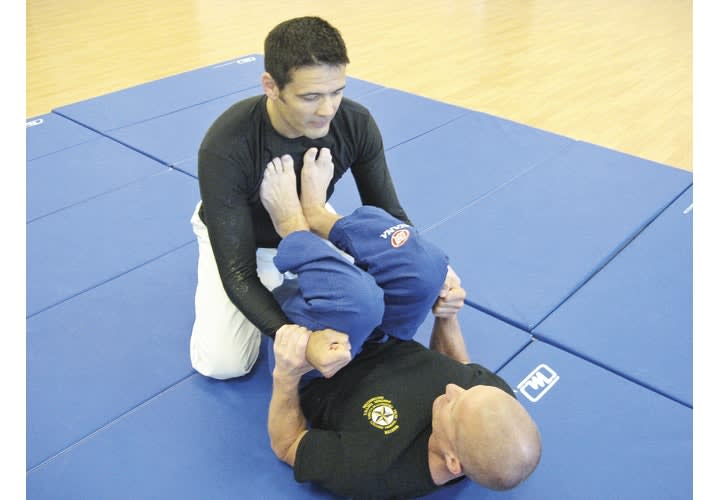When officers meet resistance during an arrest, first and foremost they should implement the principle of mass. This simply means there should be, if possible, two officers to one arrestee, thus reducing the likelihood of the latter resisting. This is crucial since resistance makes injury to officers or arrestees more likely.
The safest method of arrest is if the arrestee can be controlled and handcuffed in an upright position. However, if this is not possible then the officer is limited to the following options: taking the arrestee to the ground; disengaging and getting to another tool such as a handgun, TASER, OC spray canister, or baton; or retreating. Even if the officer is a good ground fighter, the difference between sport fighting and street fighting is the fact that once the arrestee is taken to the ground, every tool available to the officer becomes available to the arrestee.











